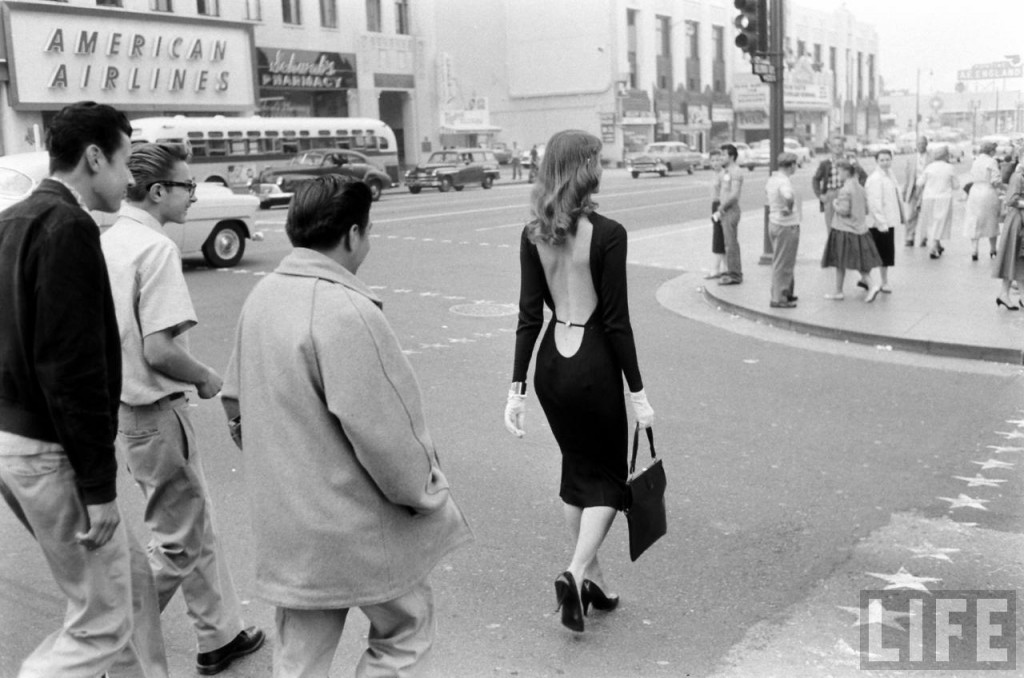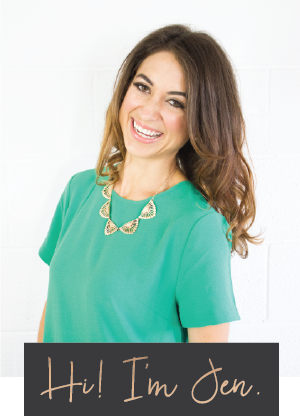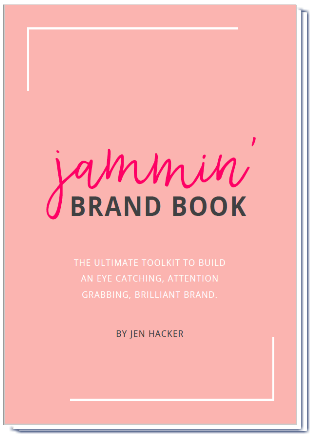Colleen Viana reflects on her experiences with catcalling and opens an important discussion about street harassment

PHOTO: Ralph Crane.
On any given day, there are three things I fear while walking the streets of New York City:
- Pigeons (better known as rats with wings)
- A sea of tourists (though less of a fear and more of an annoyance—if you work in SoHo on the weekends you’ll understand)
- Catcallers
The inevitable “damn girl!” or “what’s up, beautiful?” while at first complimentary, is enough to ruin your walk to work, the bodega, the bars, or hell, even the laundromat. A shout-out to your derriere can even cause more frustration than those relentless pigeons, sadly. It wasn’t until recently that I started contemplating the pragmatics of these very uncomfortable situations. The other day, for instance, I had to stop myself from looking back to shout, “YOUR MOM’S CHEST HAIR” when asked “where did those luscious locks come from, sexy?” It’s a constant reminder to pick your battles; but when is enough, enough?
There is no way to easily confront being sexually harassed; that is essentially what catcalling is, believe it or not. It’s a conversation that is easily avoidable, often uncomfortable in the same manner as experiencing it. They are not moments we wish to recount, yet it happens so often that this unhappened conversation needs to start happening.
So here is my story about the first time I can recall being catcalled, and not liking it (but when do you, really?).
The First Incident
The incident happened during the Paris leg of my Eurotrip back in 2006, as I was sitting in the back of a double-decker tour bus. Let me back up a little; this was not a fantasy Eurotrip. No, I wasn’t touring Rome on the back of a sexy Italian’s scooter, nor nightclubbing with English royalty in London, and sadly not galavanting around Paris with irresistible French boys via my U.S. ambassador grandfather’s limousine (okay, these are all scenes from Mary-Kate & Ashley home videos, but you get the point). This was a strictly G-rated family vacation (and let’s be real, those Olsen adventures were PG).
I was a naïve high school graduate, yearning for some kind of European excitement before I entered the even more riveting world of college. But unluckily for me, I am not an Olsen twin (I have to remind myself constantly), so there is no romanticized happy ending nor defeat of a subversive crisis (come on, they went through some heavy shit in Holiday in the Sun). Rather, I dealt with something which, at the time, did not render itself too important. Of course looking back now, it’s not easy to ignore how relevant the situation is to the way I carry myself in the present day.
It happened en route to the Champs-Élysées on a very hot summer day, when I saw him looking at me, sitting in the window seat of that tour bus. He could have been ten feet or so away from where the bus stopped in traffic, but it was close enough to see this round, French version of a Guido construction worker lick his lips slowly, as if a giant, juicy burger was staring at him right in the face (well, it was Paris so, perhaps a duck a l’orange). But in this man’s case, his choice of “meat” were seemingly my breasts. As a completely oblivious 17-year-old, unaccustomed to older male attention (as one of that age probably should never be), I experienced my first case of sexual harassment.
What Catcalling Really Means and How It Affects Us
Nearly seven years later, I don’t have enough fingers to count the times men I’ve walked past urge me to smile for them, or have lingered alongside me at the subway platform for purposes I cannot begin to understand. Seemingly, it’s something we are forced to get used to. Living in Manhattan, it happens as often as we deal with pigeons or tourists who get in our way (which is a depressingly alarming amount).
Writer Emily Heist Moss paints a perfect narrative of what we face as women in society saying, “Cat-calling is one facet of the very ugly multi-faceted misogyny beast that reigns supreme in our society. It’s one way that the average man participates in the reduction of women to objects. It may seem like no big deal because it’s ‘just a compliment’… but it contributes to a culture that values women solely for their appearance.” This is not new information and hasn’t been since before the Elizabethan period. In the male-dominated world we live in, our role as females is constantly downplayed and, in the case of simply strolling down the street, it’s reduced to objectification.
The media has done a fantastic job conditioning us to develop the need to get noticed and to crave attention. We even have a way in social media to quantify just how many people pay attention to us with “likes” or “follows.” That satisfaction is heightened when those around us, outside of cyberspace, react positively to what we’re doing or wearing. It’s somehow taken control of how we experience life.
While I don’t think about that event several years ago in Paris often, another important element of that story comes to mind: my ensemble. Much of what draws attention to us as females is our clothes. Even if the probability is greater when strutting your stuff on a night out, there isn’t a moment in the day when you’re safe from catcalls. Reflecting on this Parisian incident, I notice a shift in my wardrobe choices that started after it especially now that I live in the City. Eliminating anything too revealing was subconsciously mandated; I was suddenly disinterested in anything that hugged too tight or showed too much skin. To an extent, I still am, and it’s evident judging by some of the excessively loose garments hanging in my closet. Now, knowing that I indeed experienced sexual harassment, how can I deny that it had an effect on my fashion psyche?
Whose Fault Is It Anyway?
Yes, on some days, it is great to be noticed; it’s a trait that we continue to cultivate with the growth of social media (I mean, how many times have we asked our friends, “why didn’t you ‘like’ my photo on Instagram?!”). Now I’m not here to denounce selfies or mirror pics (I myself love a good MySpace-style pic), but how can we expect to eliminate catcalling in a culture built on attention-seekers? I admit to occasionally embracing the idea of being “complimented” by strange men on my way to the gym or the bodega around the corner… when I am not looking my best (by my own standards) and a man wearing a hard hat (or God help me, a hard-on) notices the effects on my ass of taking barre classes. Yet does this mean I am the one perpetrating these reactions?
It’s difficult not to think that way, but the simple answer is “no.” Our freedom to wear what we want, when we want should ultimately never affect the way the outside world treats us. However, there are countless cases happening daily, not just in NYC but around the world, of these seemingly harmless incidents. I can bet that Parisian meatball is still licking his lips at some broad.
So how can we enforce a change? Get the discussion going. There are many action groups like Hollaback and Stop Street Harassment in which you can take join the movement and learn more. In sharing my experience, I hope to inspire some of you to start talking and to share your stories—no matter how minute or grandiose—with your friends and get the ball rolling. Because in order to put an end to catcalls, like Gwen Stefani said, “it’s not just gonna happen like that / ‘cause I ain’t no hollaback girl.”
Colleen Viana holds a Master’s Degree in Media Studies from the New School and is superbly single in Manhattan.





























